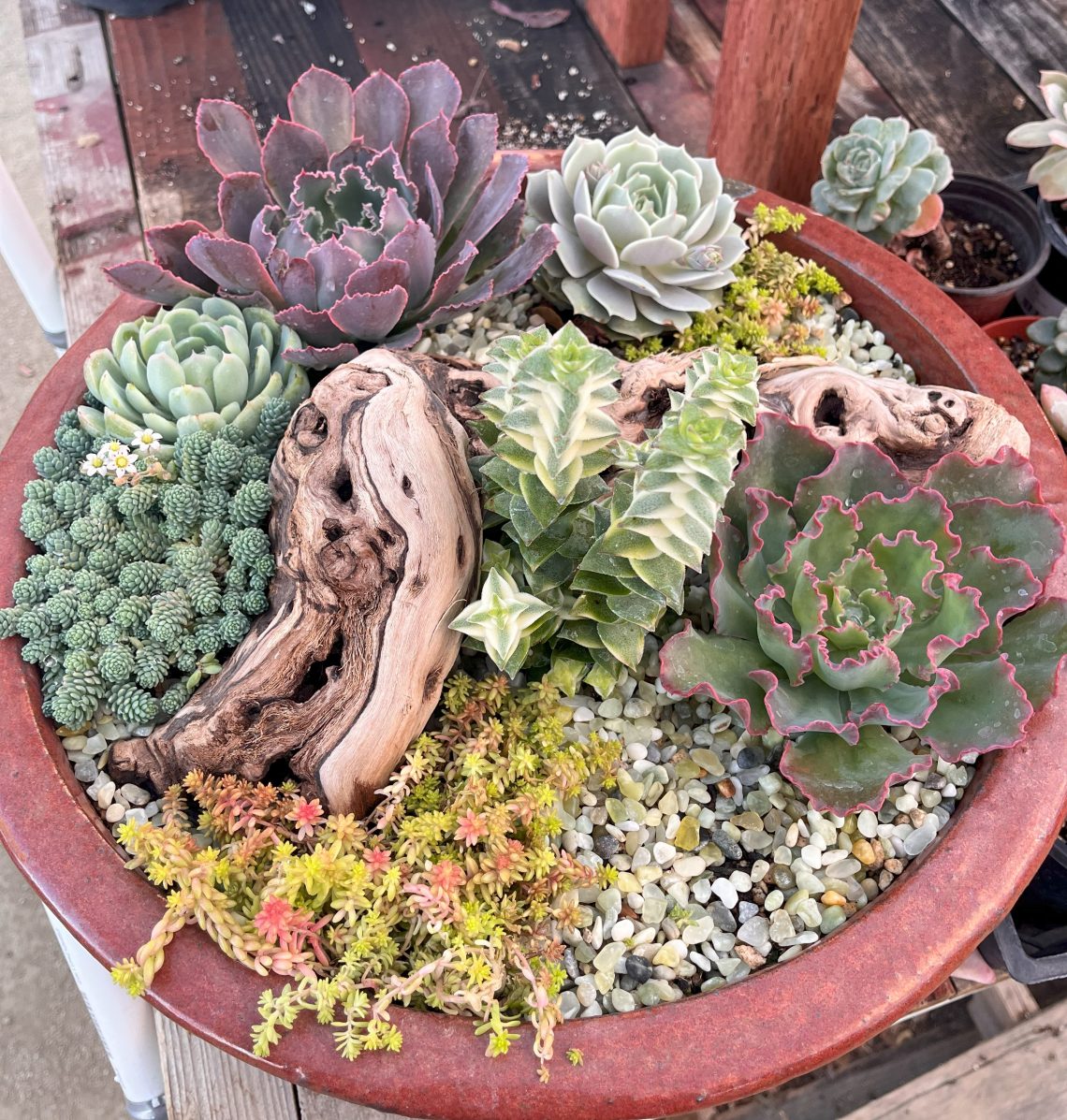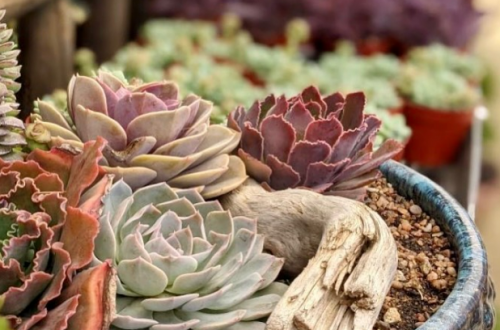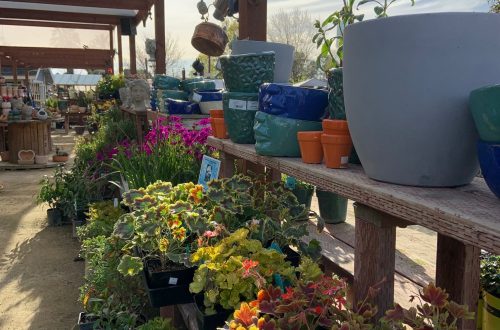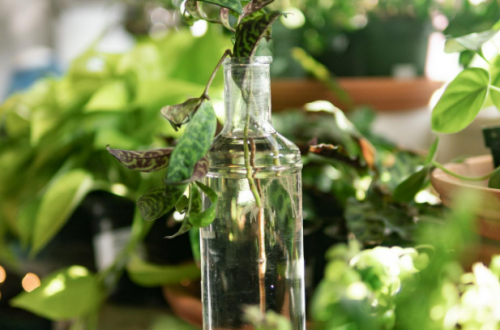During the months between fall and spring, the outdoor temperatures here in Sacramento can drop below 35℉ in the early morning hours – leading to ground frost and a damp environment. Unlike most hardy desert cacti that withstand sunny days and frosty nights, succulents are susceptible to rot when they freeze. While there are ways to recover them when they’re damaged, it’s not guaranteed. Therefore, it’s important to take preventative measures to increase their chances of survival.
Frost Damage

(Source: https://thenextgardener.com/blogs/news/how-to-revive-frozen-succulents)
Frost damage occurs when plants are unprotected from cold, freezing temperatures. Moisture absorbs into each leaf, moves into the intercellular space, and then freezes. Ice crystals form within the cell walls, damaging the leaves both internally and externally; transforming plump green leaves into mushy black rot. Similar to the effects of water stress, this cellular dehydration and membrane disruption is visibly seen as shriveled up leaves. This most commonly happens to succulents who are left unprotected from the wet, frigid weather.
Succulent Recovery
There are steps you can take for succulent recovery. First, separate it from its current wet soil. Then, deadhead (see image below for where to cut) – remove all damaged leaves and snip away any dead, brown roots that are no longer viable. Remember to keep the leaves, both shriveled and not, to be propagated. Read more about how to grow more plants through propagation in our succulent propagation blog post.

If there are white roots, it may be potted directly into new, dry soil. However, if there aren’t any healthy roots that survived, it’s best to dry the base out completely, letting it callus over so that new roots are able to grow. It’s important to note that frost damage may not show up for days or weeks, until it’s too late. Before you know it, the leaves and stems will blacken and turn to mush. When in doubt, protect your plants!
Plant Protection
Since it’s hard to recover from frost damage, plant protection is important. The simplest and most affordable method is frost cloth. Unlike a sheet that would retain the moisture and block out light, frost cloth is a lightweight material that:
- Repels water – moisture bubbles on top of the fabric but never absorbs
- Allows light through – receiving light from the moon and morning sun
- Allows plants to breathe – lets air in and out through it’s breathable, mesh material
Its ability to insulate and regulate temperature keeps your garden safe from dropping degrees and freezing water without suffocation. To ensure it’s completely secured, make a tent with the frost cloth; cover the whole plant, bring it to the ground, and fasten it with heavy rocks or clips. If you can’t cover your succulents for any reason, we recommend bringing them indoors or under a covered space.
Summary

Here at The Secret Garden, we cover with frost cloth whenever the outdoor temperatures drop below 33℉ for extended periods of time. Follow us on Instagram for regular weather updates; we often announce frost that’ll hit our Zone 9 area and when we’re covering here at the nursery. Keep an eye out for temps in the low 30s, which often only occur from 2am til just after sunrise. In addition to these protective steps, always remember to adjust your watering schedule to ensure your succulents aren’t receiving too much unnecessary water. Check out our blog for more information specific to winter houseplant care. Feel free to stop in today or order online to purchase frost cloth from us. We are open daily, Monday through Sunday from 10am to 5pm. Contact us directly if you have any questions or concerns regarding this Sacramento Succulents’ Survival Guide.
Thank you to Courtney Giles for her help with this post.





